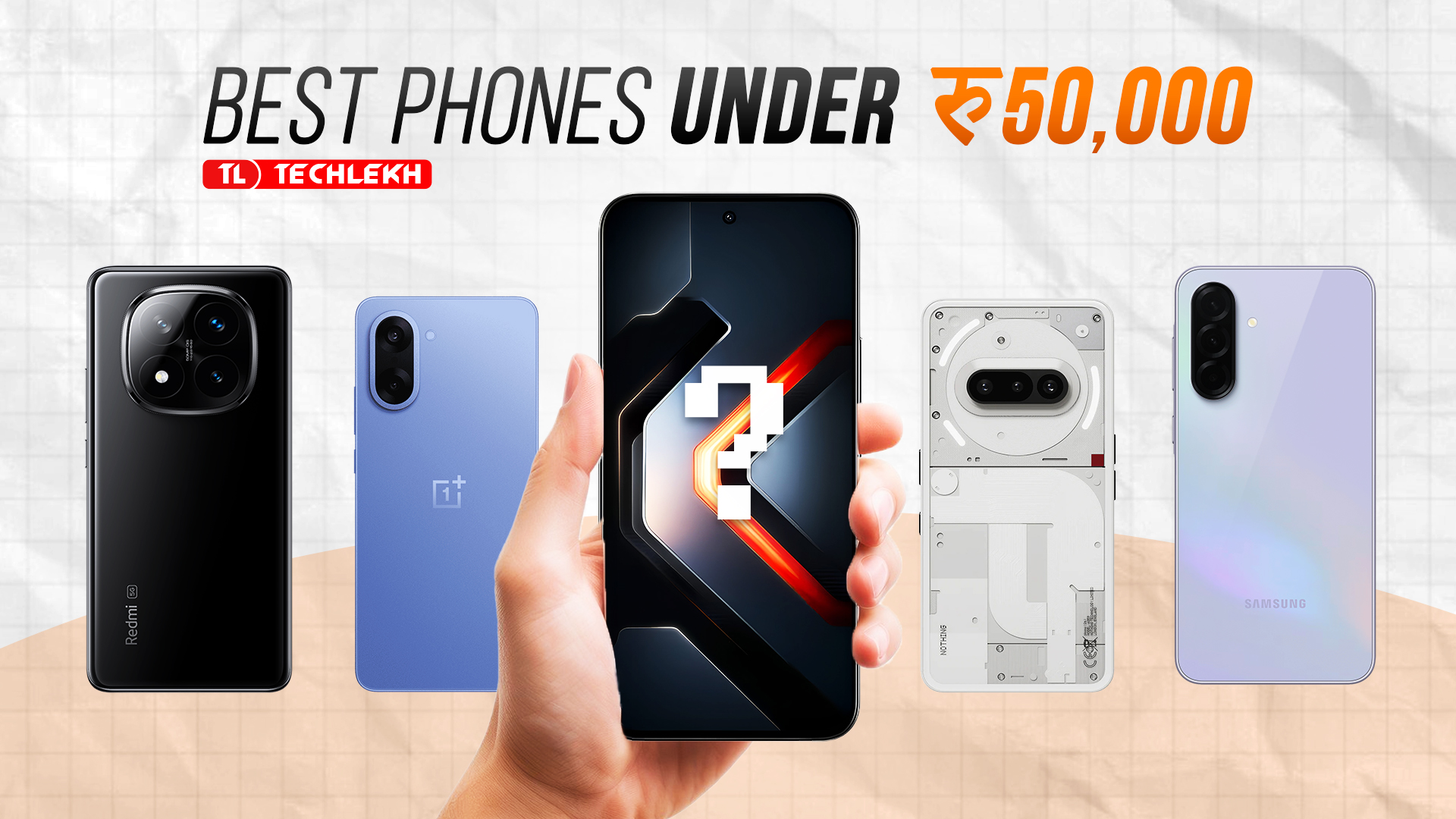Sagoon.com is a product that has massively failed in the market in recent times.
Sagoon was a social e-commerce platform that had the tagline “Connect, share and earn”. Sagoon tried to combine features of Facebook, Twitter, WhatsApp, Snapchat, and Instagram altogether. A user could use Sagoon.com for sharing knowledge and information and at the same time earn money and gifts too.
Sagoon had features like secret sharing, calendar, reminders, to-do lists, “my day”, mood chat, e-commerce, cashback and other features of a social network all bundled into a clunky UI.
When organic growth didn’t pick up, it tried to buy users by offering them $5 as soon as they registered and giving them its Social Smart Card which allowed them to earn and spend money as well as redeem coupons and gift cards.
The Nepali media went gaga over the fact that a Non Residential Nepali (NRN) had put his life savings into a startup promising to revolutionalize social media.
A lot of people created accounts to check out the hype and it quickly grew to 250,000 users. It went for a mini-IPO and planned to raise $20 million.
I believe that a lot of things could have been done differently:
#1. Different Key Performance Indicators
Sagoon’s number 1 KPI was the number of registered users. A social networking website should have KPIs like daily active users, returning users, time spent on the website etc. I would have chosen the correct KPIs for the business. These KPIs would be decided based on extensive market research on the KPIs used by competitors like Facebook, Twitter, and LinkedIn.
#2. Organic Growth and Lean Thinking
Buying users only works if you have a solid product that keeps them coming back after the first investment.
Sagoon should have launched with a small set of features and kept a close eye on what was working and what was not. Removing unwanted features is sometimes as important as adding features.
Lean principles emphasize continuous learning based on customer validation of functionality, experimentation with customers to test hypotheses and assumptions, and short feedback cycles to avoid efforts on activities that do not generate customer value.
A startup should focus on following the lean principles and aim for organic growth through word-of-mouth at first. Instead, Sagoon went all out with paid marketing and paid media coverage.
#3. Consistent Narrative

Sagoon’s biggest issue was that of a narrative. Was it a secret sharing website or a social network? Or an e-commerce cashback ecosystem?
I would have started from an MVP with a single, consistent narrative based on market research about what the users want in a social-ecommerce product. Sagoon’s IPO was a major distraction from its original narrative of being a social networking website that would pay its users for spending time on the website.
#4. Focus on User Experience
Hugely successful companies like Google, Twitter, eBay, and Amazon have identified that the User Experience has a direct impact on their bottom line. These companies did not succeed by chance. They continuously test each aspect of their business with real users to ensure high levels of customer satisfaction.
When Sagoon launched its IPO, it splashed the home page with information about how people could invest. Even after a user logged in, there were popups and links everywhere asking the users to invest. The UI felt clunky, bloated and confusing.
I would have focused on making sure that my users got actual value out of my product before pitching them to invest on it.
#5. Media Coverage Doesn’t Mean Success
It’s not difficult to get covered in the media these days. If you have the right connections and a story to tell, newspapers and e-magazines will splash you everywhere.
As a young startup, I would have focused Sagoon’s efforts on building of small but loyal user base. Sagoon tried to come to the market with a bang, to the extent of inviting the Prime Minister and Deputy Prime Minister of Nepal to launch the V2 of the product and didn’t give enough priority to its users.
What do you think? Please share your thoughts by leaving a comment below!
This is a guest post by Punit Jajodia. Punit is a software developer and blogger currently studying MBA at King’s College. He believes that there is more learning from failures than from successes and wants to create a culture of sharing and learning among Nepal’s startups.
Note: The views & opinions expressed in the guest posts are those of the guest author and do not necessarily reflect the opinions & views of TechLekh as a whole.
Do you want to share your story on TechLekh? Publish a piece of writing that can relate to our theme “Tech in Nepal”? If yes, then share your article with us at contact@techlekh.com, and we promise to publish it.
One Comment
Leave a Reply
-
CMF Headphone Pro with Energy Slider Lands in Nepal. Your Next Headphones?HIGHLIGHTS The CMF Headphone Pro price in Nepal is Rs. 13,999. It features a 40mm…
-
Best Phones Under 20000 in Nepal (December 2025 Updated)Getting a smartphone under Rs. 20,000 can be quite nerve-wracking. For many of us, it…
-
Best Phones Under 50000 in Nepal (December 2025 Updated)Rs. 50,000 is no small sum. And before spending that much on a smartphone, you’d…
















Sagoon is definitely a spectacular failure. I am seeing that the investors are repenting, employees are unhappy, vendors fro whom they took software services are unhappy as they have not been paid by them.